Not an Amazon Princess, but the Heavenly Queen…
Tickets are booked to see Wonder Woman on Sunday!
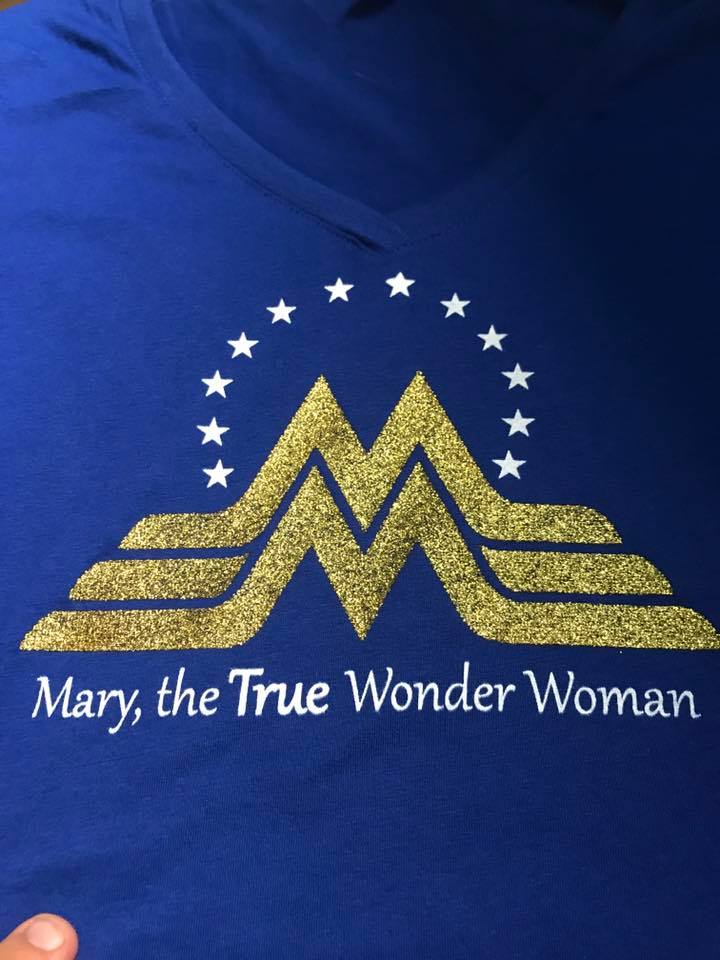
"We are travellers…not yet in our native land" – St. Augustine
Tickets are booked to see Wonder Woman on Sunday!

So who’s seen Wonder Woman yet? 😀
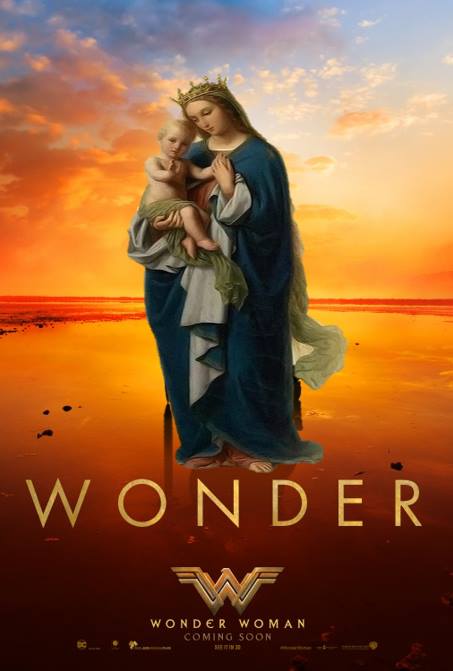


Yesterday, I visited St. Ignatius Catholic Church in Los Angeles. The St. Ignatius Women’s Group invited me to give a presentation on the Blessed Virgin and the Early Church. This was a a longer version of a talk I had previously given at St. Brigid’s here in San Diego.
Over the course of forty-five minutes, I told the story of my initial struggles concerning Mary and the Catholic Marian doctrines, explaining how I eventually came to see the truth and beauty in the Catholic Church’s teaching concerning the Blessed Virgin. The audio and the handout are both available for download.
Mary and the Early Church (Download)
I was invited to speak to the group at St. Ignatius by a long-time reader of this blog. If you’re also interested in having me speak to a group at your parish or at a Diocesan Theology On Tap, please see my Speaking page for examples of other recorded talks. Just send me an email and we can work out the details! 🙂
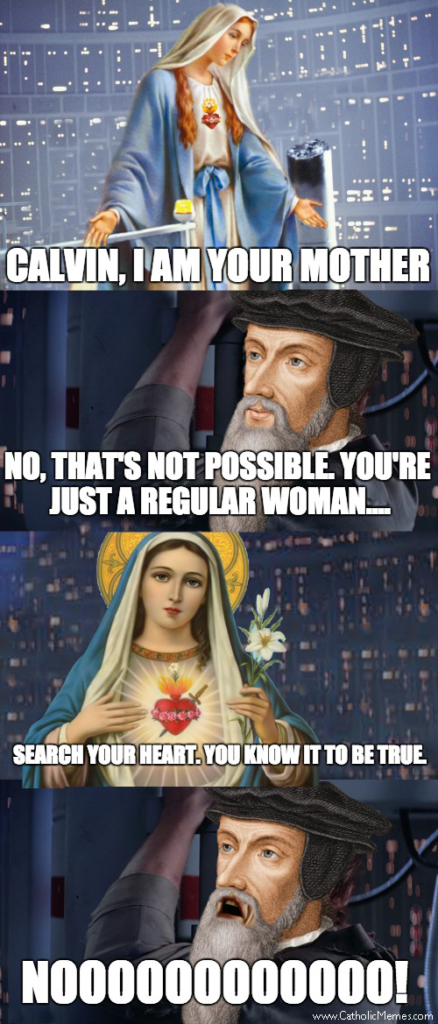
* I couldn’t think of a Return of the Jedi pun

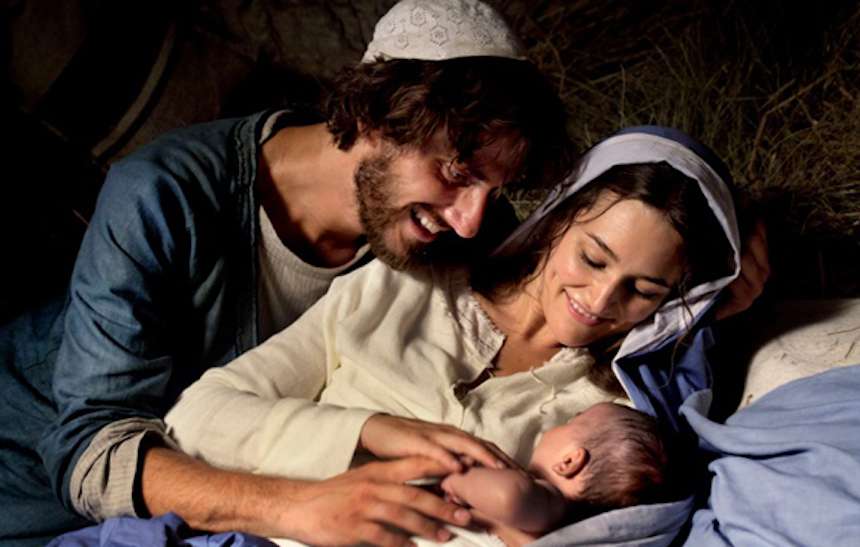
Last night I led Bible study at a local parish and I was asked to give an informal talk beforehand on the Virgin Mary.
My talk was entitled “How I met your (Blessed) Mother” and in it I told a little bit of my story and explained how I overcame my deep-seated resistance concerning Mary and how I ultimately came to embrace the Catholic teaching concerning the Blessed Mother.
Some friends couldn’t make it last night and asked me to record the talk, so for anyone who would like to hear it, the audio is available below.
How I met your (Blessed) Mother (Download)


Today is a particularly special chapter of the Qur’an, the one dedicated to Mary (“Miriam”), the Mother of Jesus (“Isa”):
Surah 19 – “Mary” (Maryam)
We begin this chapter with the story of Zechariah. As in the Bible, we are told that he and his wife had failed to have children. He is told through an angel that he will have a son named John. However, we soon start seeing a departure from the Biblical narrative…. Zechariah asks Allah to “make for me a sign”. He is then told that the sign will be that he will not be able to speak for “three nights”. However, in the Bible Zechariah cannotspeak until John’s circumcision. An interesting side note is that Allah tells John to “take the Scripture [i.e. adhere to it] with determination”, which shows that, at least in this chapter, the Old Testament is assumed to be preserved without corruption (contrary to the claim of most Muslims with whom I’ve spoken).
We now come to the story of Mary. We’re told that she withdraws from her family, heads eastwards and takes seclusion behind a screen – it’s not clear to me why. At this point, Gabriel visits her to give her “[news of] a pure boy [i.e. son]”. As in Luke’s Gospel, she does not understand how this will happen. There is a conspicuous absence of St. Joseph in this story – he is not mentioned once.

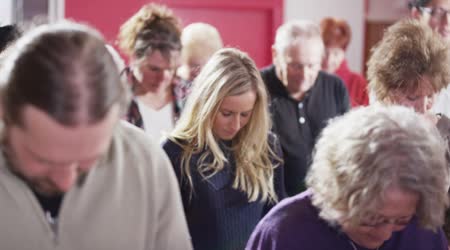 If you have ever visited an Eastern Catholic parish or Eastern Orthodox parish, you will have noticed that whenever the Trinity or any of the divine names are mentioned, the priest and people will cross themselves and incline their heads in a bow, even if only slightly.
If you have ever visited an Eastern Catholic parish or Eastern Orthodox parish, you will have noticed that whenever the Trinity or any of the divine names are mentioned, the priest and people will cross themselves and incline their heads in a bow, even if only slightly.
This is a practice I really like and I’ve often wished that this would be more present at western parishes. Well, I recently found out that, at least in theory, it should happen there too…
The place where you discover this is the General Instruction of the Roman Missal (GIRM), which is basically a commentary on the Missal, explaining how Mass should be celebrated:
A bow of the head is made when the three Divine Persons are named together and at the names of Jesus, of the Blessed Virgin Mary and of the saint in whose honor Mass is being celebrated.
– GIRM 275
How about that?! I did a little more digging and found out that this practice has considerable antiquity. For example, in the 13th Century, the Fathers of the Council of Lyons seem to have been inspired by the epistle to the Philippians where St. Paul talks about how “at the name of Jesus every knee should bow, in heaven and on the earth and under the earth” (Philippians 2:9-10). Here’s what the Council said:
Each should fulfill in himself that which is written… that at the name of Jesus every knee should bow; whenever that glorious name is recalled, especially during the sacred mysteries of the Mass, everyone should bow the knees of his heart, which he can do even by a bow of his head.
– Council of Lyons II, Constitution 25
So, even if it’s not common practice in your parish, I’d invite everyone to follow the guidance offered to us by the GIRM and to honour the Lord, His Mother and His Saints with this small gesture of reverence.